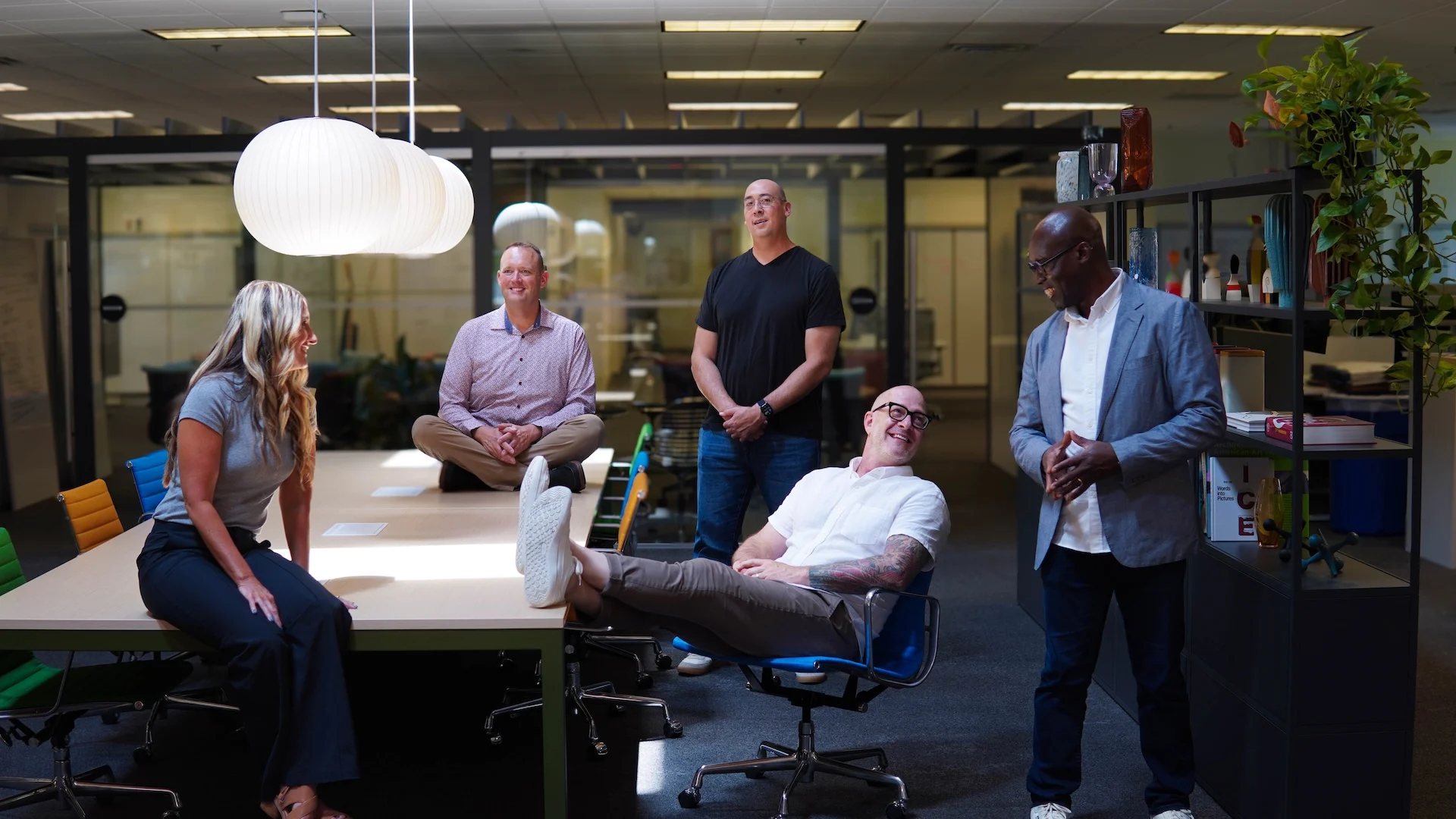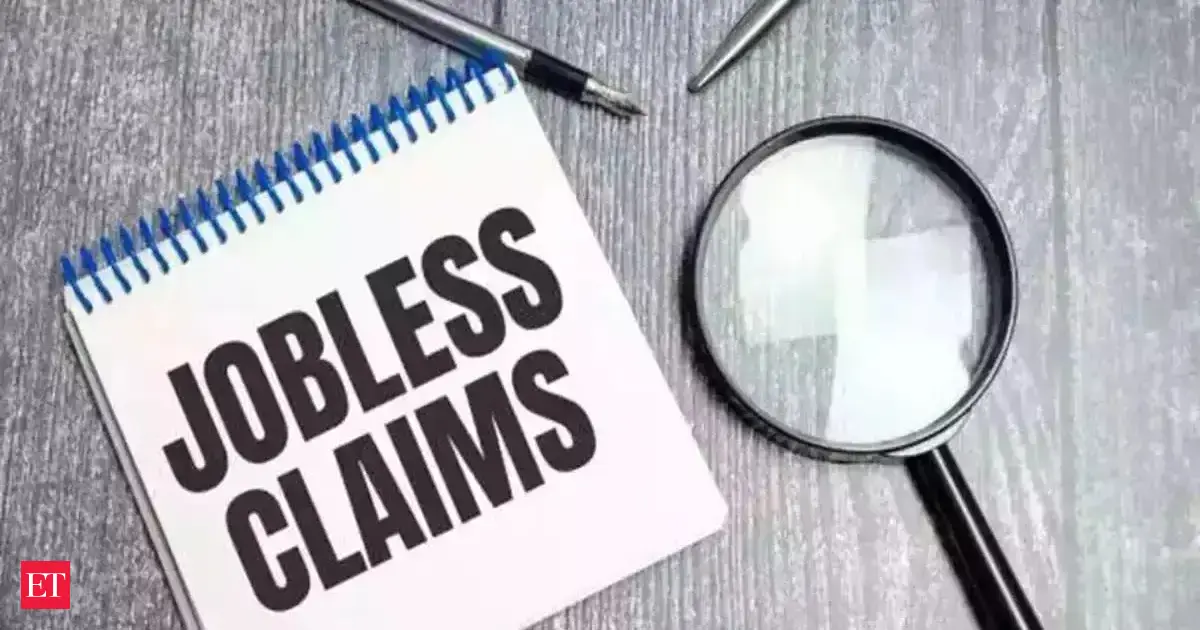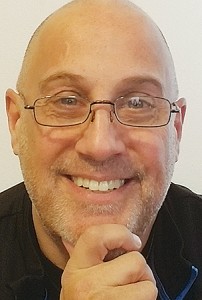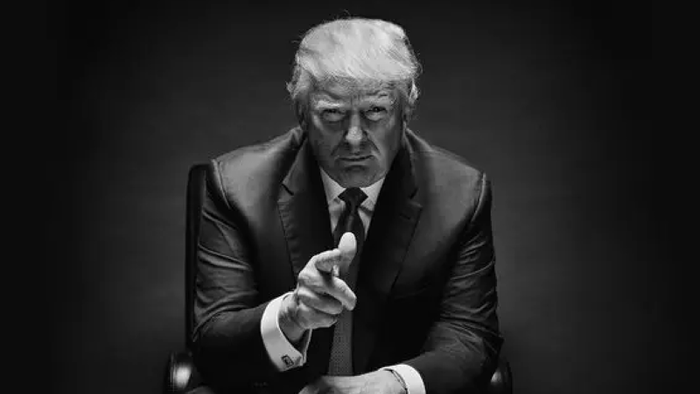
The temptation to stay the course is strong at businesses that are thriving. But for many successful companies, the ability to adapt and evolve is a crucial ingredient in maintaining a healthy—and growing—business. At MillerKnoll, the celebrated furniture and design company, change is part of its corporate fabric. “Future orientation is part of who we are,” says MillerKnoll CEO Andi Owen. “It helps us stay fresh.”
That appetite for change recently helped drive the launch of Team Carbon, an internal team tasked with rethinking entire product lines across MillerKnoll’s brands, which include Herman Miller, Knoll, and DWR (Design Within Reach). The goal of Team Carbon is to ramp up the company’s sustainability efforts by reimagining how products such as its iconic Herman Miller Eames Lounge Chairs can be made with a lower carbon footprint without sacrificing style.
This transformational focus on sustainable design and manufacturing has earned MillerKnoll a spot on Fast Company’s list of the Best Workplaces for Innovators for 2025.
A Team Effort
MillerKnoll’s sustainability efforts are more than a feel-good corporate intention. The company has made a concrete pledge to ensure that the top 100 textiles it uses will contain more than 75% recycled content within five years. It’s also committed to cutting the carbon footprint of its top 100 products by 25%.
To reach these goals, the company is making low-carbon materials standard within its product line rather than making eco-friendly materials one of many options consumers can choose from. Take Caper, Herman Miller’s popular line of task chairs: Team Carbon set out to reengineer several of the chairs’ components to reduce the amount of fossil-fuel-based material by adding bio-based alternatives. The new design dramatically cut the chair’s carbon impact without compromising durability or performance.
Team Carbon includes experts in areas such as engineering, product development, and supply management. But the company’s sustainability ideas come from across the organization. For instance, an employee on the marketing team commented how heavy a MillerKnoll chair felt, which led a team of product developers and engineers to start brainstorming ways to make it lighter while also using more sustainable materials. “Good ideas can come from everywhere and anywhere,” Owen says.
Share what you know
MillerKnoll knows that innovation doesn’t happen in a vacuum, and that trial and error is at the heart of any successful innovation policy.
Getting great sustainability ideas from unexpected places is made easier when employees know more about what’s possible. To that end, Team Carbon created a specialized training program to help give employees more expertise in the worlds of sustainability and carbon reduction. That program emphasizes cross-discipline collaboration to spark new sustainability ideas, and employees can bring those ideas to a larger audience through the company’s central intranet hub for sustainability innovation.
Meanwhile, giving its global workforce the latitude to experiment and report back on the results—successful or not—is a crucial element in MillerKnoll’s work to build a more sustainable and innovative company. “The ability to test and learn and fail fast by using all of our resources around the world has enabled us to act faster than I thought we could,” Owen says.



